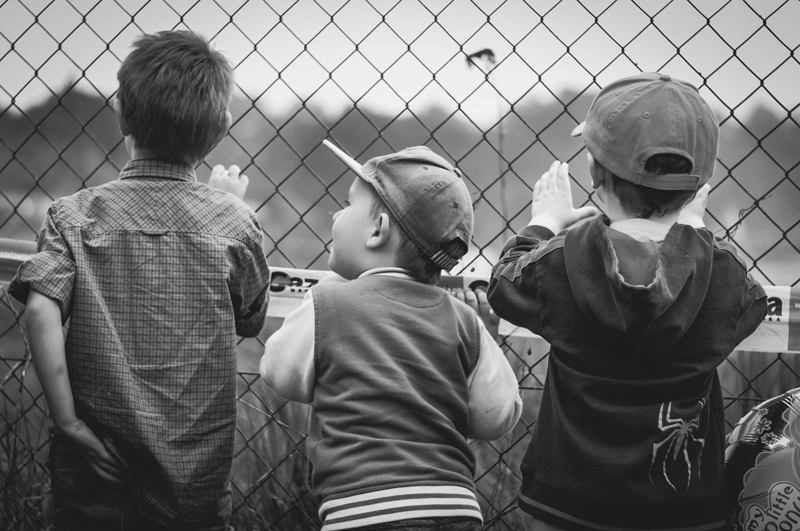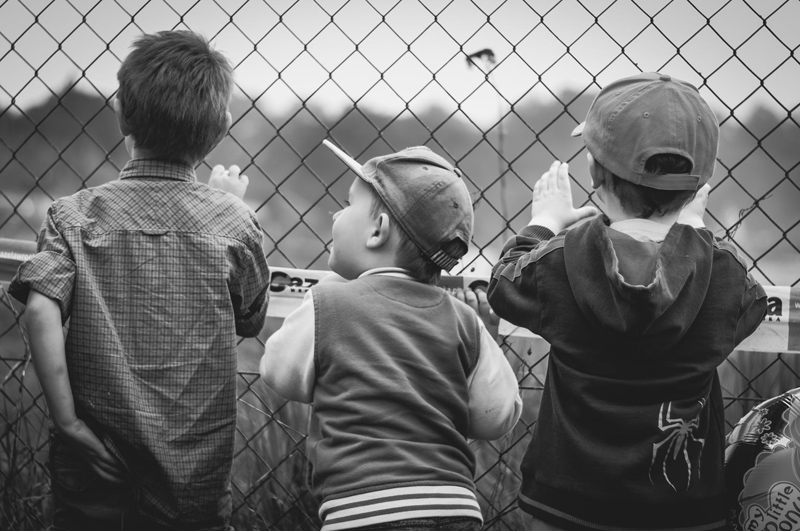Preventing Food Poisoning

Anecdotally, instances of food poisoning seem to be on the rise. In the past, one might hear about a case of salmonella or two per year (if that), but these days it seems as if every time the news is on, another case of bacterial contamination of food is in the headlines. What is food poisoning exactly? Food poisoning occurs when a person consumes food or water contaminated with bacteria, toxins, parasites, or viruses. While one in four Americans is stricken with some kind of food poisoning each year, most of these cases are mild, not even requiring hospitalization. The biggest problems with food poisoning occur when entire crops or factories are tainted with bacteria, meaning that wholesale food poisoning of the population is likely. Food poisoning is classified as a food-borne disease outbreak when at least two people are affected and a single source of the infection can be identified.
Salmonella and Listeria are both common sources of food poisoning. Salmonella manifests itself within 12-72 hours after consumption of tainted food, and is characterized by diarrhea, intestinal cramps, and fever. Hospitalization is usually only indicated when the diarrhea is severe. Common sources of salmonella infection are beef, poultry, milk, and eggs, although any animal product can be a potential source.
Listeria, like Salmonella, is usually not very serious, but certain classes of people are more susceptible to infection, including pregnant women, newborns, and sufferers of AIDS and cancer. The symptoms of Listeria infection are similar to that of Salmonella, but they can progress to include meningitis and brain abscesses.
Treatment for food poisoning typically includes, primarily, rehydration. Antibiotics are not usually prescribed, as they can worsen diarrhea. In most cases, the only way to cure the food poisoning is to wait for the toxins to clear the system.
Since experiencing and treating food poisoning is not something most mothers care to go through, preventing it in the first place is the best line of defense. In most cases, cooking food to its proper temperature and thoroughly washing fruits and vegetables is enough to remove any harmful bacteria. While most people know this, what many fail to realize is that even fruits and vegetables whose skin is not consumed need to be washed. Why wash a cantaloupe when the rind will just be discarded? If a cantaloupe’s rind is contaminated with, for example, Listeria, then as the knife passes through the rind, whatever is on the rind then finds its way onto the fruit inside!
Some professionals recommend using a fruit/vegetable wash, rather than water, when cleaning fruits and vegetables, but these washes can be expensive, especially if you have sons who love their apples and bananas! If you are concerned that water may not be enough to clean your produce, try mixing equal parts water and white vinegar. Use these ingredients in a spray bottle or in a washtub, and clean all of your produce when you get home from the store so that it is ready to eat when you are!
Food poisoning can be scary, but it is usually little more than a very bad stomach bug. In order to prevent more serious instances of food poisoning, pay attention to recalls, wash your produce, and use a meat thermometer to make sure that you are cooking your food to a safe temperature.
Salmonella and Listeria are both common sources of food poisoning. Salmonella manifests itself within 12-72 hours after consumption of tainted food, and is characterized by diarrhea, intestinal cramps, and fever. Hospitalization is usually only indicated when the diarrhea is severe. Common sources of salmonella infection are beef, poultry, milk, and eggs, although any animal product can be a potential source.
Listeria, like Salmonella, is usually not very serious, but certain classes of people are more susceptible to infection, including pregnant women, newborns, and sufferers of AIDS and cancer. The symptoms of Listeria infection are similar to that of Salmonella, but they can progress to include meningitis and brain abscesses.
Treatment for food poisoning typically includes, primarily, rehydration. Antibiotics are not usually prescribed, as they can worsen diarrhea. In most cases, the only way to cure the food poisoning is to wait for the toxins to clear the system.
Since experiencing and treating food poisoning is not something most mothers care to go through, preventing it in the first place is the best line of defense. In most cases, cooking food to its proper temperature and thoroughly washing fruits and vegetables is enough to remove any harmful bacteria. While most people know this, what many fail to realize is that even fruits and vegetables whose skin is not consumed need to be washed. Why wash a cantaloupe when the rind will just be discarded? If a cantaloupe’s rind is contaminated with, for example, Listeria, then as the knife passes through the rind, whatever is on the rind then finds its way onto the fruit inside!
Some professionals recommend using a fruit/vegetable wash, rather than water, when cleaning fruits and vegetables, but these washes can be expensive, especially if you have sons who love their apples and bananas! If you are concerned that water may not be enough to clean your produce, try mixing equal parts water and white vinegar. Use these ingredients in a spray bottle or in a washtub, and clean all of your produce when you get home from the store so that it is ready to eat when you are!
Food poisoning can be scary, but it is usually little more than a very bad stomach bug. In order to prevent more serious instances of food poisoning, pay attention to recalls, wash your produce, and use a meat thermometer to make sure that you are cooking your food to a safe temperature.

Related Articles
Editor's Picks Articles
Top Ten Articles
Previous Features
Site Map
Content copyright © 2023 by Laura Delgado, Ph.D.. All rights reserved.
This content was written by Laura Delgado, Ph.D.. If you wish to use this content in any manner, you need written permission. Contact Laura Delgado, Ph.D. for details.



